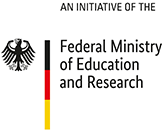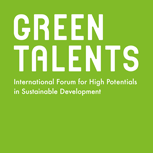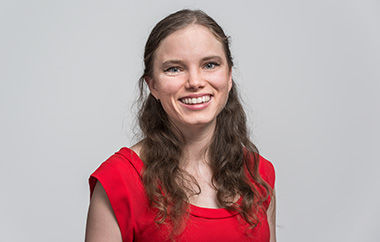PhD Student in Designing Green Spaces for Biodiversity at RMIT University, Australia
Research focus: designing green spaces for biodiversity
Katherine works as part of a collaborative team of industry representatives, members of local government, and researchers across varied scientific disciplines, to understand how to better design green spaces for people and nature to coexist in the city. Her PhD work contributes to this project by understanding the ways in which green space design influences how invertebrates interact with and utilise plant resources. Understanding these interactions will lead to better plant choice for greening cities, but must be weighed against human needs and desires.
Katherine aims to understand which features of green spaces support biodiversity conservation objectives and to unveil whether these are the same or different features as those which support positive human health outcomes.
CV as submitted for the Green Talents award (2017):
RMIT University, Australia
Research focus: designing green spaces for biodiversity
According to the UN Sustainable Development Goals, access to public urban green spaces is vital in the creation of sustainable cities. Katherine has identified the urban environment as one of the most challenging environments for conservation research. She is endeavouring to address this challenge and to determine the factors that are important in designing green spaces in cities, in order to achieve biodiversity.
In her project, Katherine is collaborating with industry representatives, members of local government and researchers across varied scientific disciplines, in the design of a series of portable green spaces, with varied levels of plant diversity and vegetation structure. These green spaces will then be monitored for invertebrate diversity, to get a measure of the factors influencing colonisation potential and community assembly. She will also employ a series of measures, including eye-tracking technology, to understand how people interact and benefit from green space in cities.
Katherine aims to understand which features of green spaces support biodiversity conservation objectives and to unveil whether these are the same or different features as those which support positive human health outcomes. She then plans on using her findings to inform policy to create biodiverse and functional urban landscapes. She recognises huge potential in integrating greening technologies to augment existing buildings, thus adding value to the urban environment. Many of these are already in place, in the form of green roofs and green walls, but there is a great deal of potential space that is yet to be harnessed.
The jury was impressed by the breadth of Katherine’s collaboration partners and is confident that her commitment to such a wide-ranging interdisciplinary approach will yield positive results, in support of promoting urban sustainability. The jury was also convinced by Katherine's emphasis on the importance of the equitable sharing of essential resources between current and future generations.






